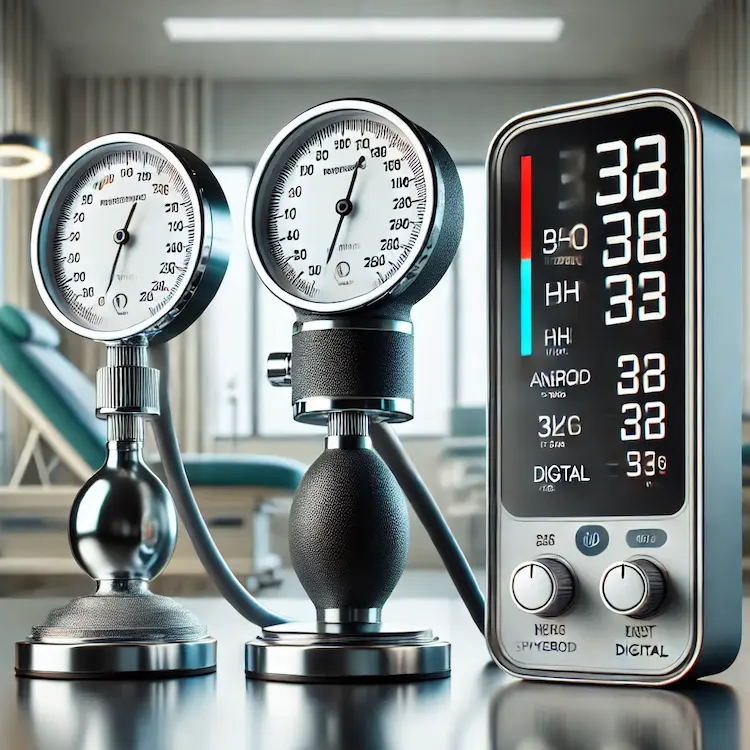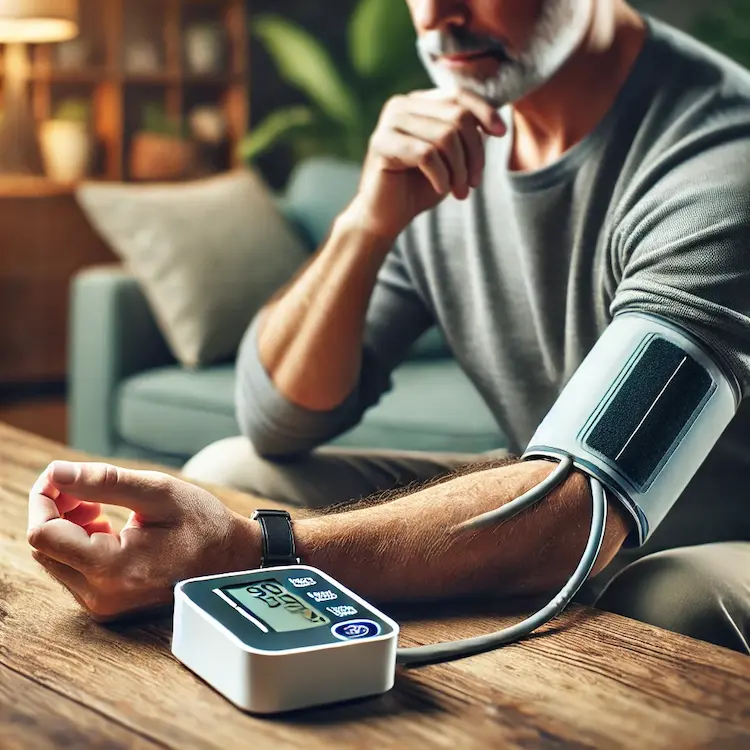High blood pressure, also known as hypertension, is a silent but deadly condition that affects millions worldwide. Early diagnosis is crucial for preventing severe complications such as heart disease, stroke, and kidney failure. The sphygmomanometer (often abbreviated as “sphyg”) plays a pivotal role in diagnosing high blood pressure by providing accurate and reliable readings of a person’s blood pressure levels.
This article explores the importance of the sphygmomanometer in medical practice, compares different types, and provides practical insights for individuals looking to monitor their blood pressure effectively.
Understanding the Sphygmomanometer
The sphygmomanometer is a medical device used to measure blood pressure. It consists of an inflatable cuff that constricts the arm, a measuring unit (either a mercury column or an electronic gauge), and a stethoscope (for auscultatory methods).

Types of Sphygmomanometers
There are three main types of sphygmomanometers:
-
Mercury Sphygmomanometer
- How It Works: Uses a mercury column to measure blood pressure based on pressure levels in millimeters of mercury (mmHg).
- Advantages: High accuracy, no need for calibration.
- Disadvantages: Bulky, environmental concerns due to mercury toxicity.
-
Aneroid Sphygmomanometer
- How It Works: Uses a dial with a needle that moves as pressure is applied.
- Advantages: More portable than mercury sphygmomanometers, no risk of mercury exposure.
- Disadvantages: Requires periodic calibration, more prone to errors if not used correctly.
-
Digital Sphygmomanometer
- How It Works: Uses electronic sensors to detect blood pressure and displays readings on a digital screen.
- Advantages: Easy to use, suitable for home monitoring.
- Disadvantages: Less precise than mercury models, can be affected by movement or incorrect positioning.
Importance of Sphygmomanometers in Diagnosing Hypertension
The accuracy of blood pressure measurement is crucial in diagnosing hypertension. Misdiagnosis can lead to unnecessary treatments or a lack of essential care. The sphygmomanometer remains the gold standard for initial and follow-up assessments.
Potential Health and Societal Impacts of Hypertension
- Increased Risk of Cardiovascular Disease: Hypertension significantly raises the chances of heart attacks and strokes.
- Economic Burden: The cost of treating hypertension-related complications is substantial for both individuals and healthcare systems.
- Reduced Quality of Life: Chronic high blood pressure can lead to fatigue, dizziness, and cognitive decline over time.
Comparing Different Blood Pressure Measurement Methods
While the sphygmomanometer is the primary tool, alternative methods exist:
| Method | Accuracy | Ease of Use | Suitability for Home Use |
|---|---|---|---|
| Mercury Sphygmomanometer | High | Moderate | No |
| Aneroid Sphygmomanometer | Moderate | Difficult | No |
| Digital Sphygmomanometer | Moderate | Easy | Yes |
| Ambulatory Blood Pressure Monitoring (ABPM) | Very High | Requires professional setup | No |
| Home Blood Pressure Monitoring (HBPM) | High | Easy | Yes |
Best Practices for Accurate Blood Pressure Measurement
To ensure reliable readings, follow these guidelines:
- Sit Comfortably: Keep your back supported and feet flat on the ground.
- Avoid Caffeine and Exercise: Do not consume coffee or engage in physical activity 30 minutes before measurement.
- Use the Correct Cuff Size: A cuff that is too small or too large can give inaccurate readings.
- Measure at the Same Time Daily: This helps track blood pressure trends accurately.
- Take Multiple Readings: Take two or three measurements, one minute apart, and calculate the average.

The Future of Blood Pressure Monitoring
Technological advancements are shaping the future of blood pressure monitoring:
- Wearable Blood Pressure Monitors: Smartwatches with built-in BP sensors are becoming increasingly popular.
- AI-Powered Devices: AI can analyze trends in blood pressure data and provide personalized health insights.
- Wireless Cuff Monitors: Bluetooth-enabled cuffs allow users to track their readings via smartphone apps.
Conclusion
The sphygmomanometer remains the cornerstone of hypertension diagnosis. While modern digital monitors are making home monitoring more accessible, traditional mercury and aneroid devices still offer high precision for clinical use. Proper blood pressure measurement is critical for managing hypertension effectively, reducing health risks, and improving quality of life.
Key Takeaways
- The sphygmomanometer is essential for diagnosing hypertension and comes in mercury, aneroid, and digital forms.
- Mercury sphygmomanometers offer the highest accuracy but pose environmental risks.
- Digital monitors are user-friendly and ideal for home use but may require frequent calibration.
- Accurate readings depend on correct positioning, cuff size, and multiple measurements.
- Future innovations like AI-driven monitoring and wearable devices will enhance blood pressure tracking.
Actionable Recommendations
- Regularly check blood pressure at home if you have hypertension or risk factors.
- Use a validated, well-calibrated device to ensure accurate readings.
- Adopt a healthy lifestyle, including a balanced diet and regular exercise, to maintain optimal blood pressure levels.
- Consult a healthcare professional for guidance on blood pressure management and treatment options.


